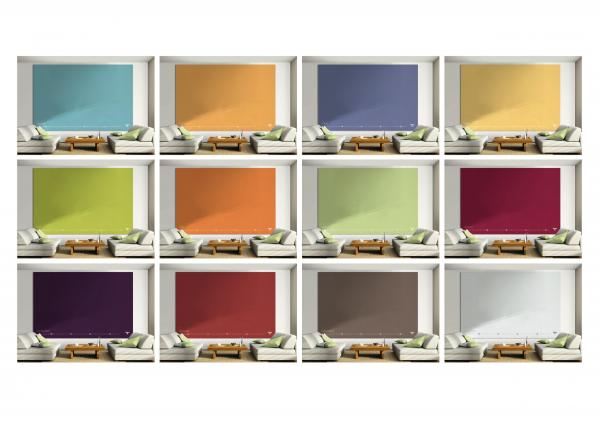By Vicki Payne,
The Charlotte Observer
One of the most frequent questions I’m asked is, “What color paint should I use?” I have never understood why so many people are intimidated by color. Maybe it’s because we all see color differently. Over the years I’ve tried to take some of the mystery out of color for my clients and viewers. Once you get it, using color is fun and not scary at all.
Start with a color palette. Each room in your home should flow from space to space. That doesn’t mean you can’t use color; it just means you need to think about where that color is going to be used and, most importantly, in which tone. That’s what color selecting is all about. A shade is just a lighter or darker version of a color. That isn’t the same as tone.
We’ve all tried to match one shade of beige to another shade of beige without success. Some beiges look pink, others more tan. That’s because every color has undertones. Whites can be tinted with grays, browns, black. It’s that undertone that gives a color warm or cool tones. Start by picking your base color. It has to have a tone that matches the furniture, rugs and accessories that you will be using in that space. No one can afford to start from scratch, so we have to work with what we have.
I’ve been using the same tone base color for my house for over 30 years; a warm soft gold for the walls and creamy white for the woodwork. I’ve changed the shade of gold and white but never the tone. Before I paint a room blue (or any color), I make sure it works with my base color. That allows me to move my furniture and accessories from room to room because I know they will all match. (excellent advice-BL) The gold armchair in my living room is the same tone of gold as the sisal rug that I have in my bedroom, just 2 shades darker. So if I decide to move the chair from the living room to the bedroom, it still matches because they both match my base color.
In my new house, I painted the walls and ceilings in my common spaces with Sherwin Williams Creamy. The woodwork is Pure White. But I used lots of color throughout the rest of the house: The master bedroom in Tidewater blue, another in Repose Gray, an office in Tricorn black, and the laundry room in Crystal Clear aqua with a Lily (pale yellow) ceiling — all Sherwin Williams colors. It all works beautifully together and flows from room to room, because the undertones are right on. These seven colors are my color palette. Nothing comes into my house if it doesn’t match this palette. (Blog viewers, you can go to the Sherwin Williams blogsite to see these colors for yourself-BL)
To determine your color palette, start with what it is that you love in your house. It could be the living room walls, the sofa, a rug in the hallway or your favorite dress or tie. Now start matching up the other items in your house with this “base color.” Do they look dirty, dingy perhaps too green or too blue when held next to your favorite color? If so, they’re the wrong tone for your palette and need to be replaced. Your goal is to eventually get all the colors within your home to work with the base color. Once you do, you’ll have your color palette.
Having a color palette allows you to introduce new popular colors into your existing home without the fear of making a mistake. Don’t be afraid of color. If it matches your base color, you can move from one shade of that color to another with great decorating success.
